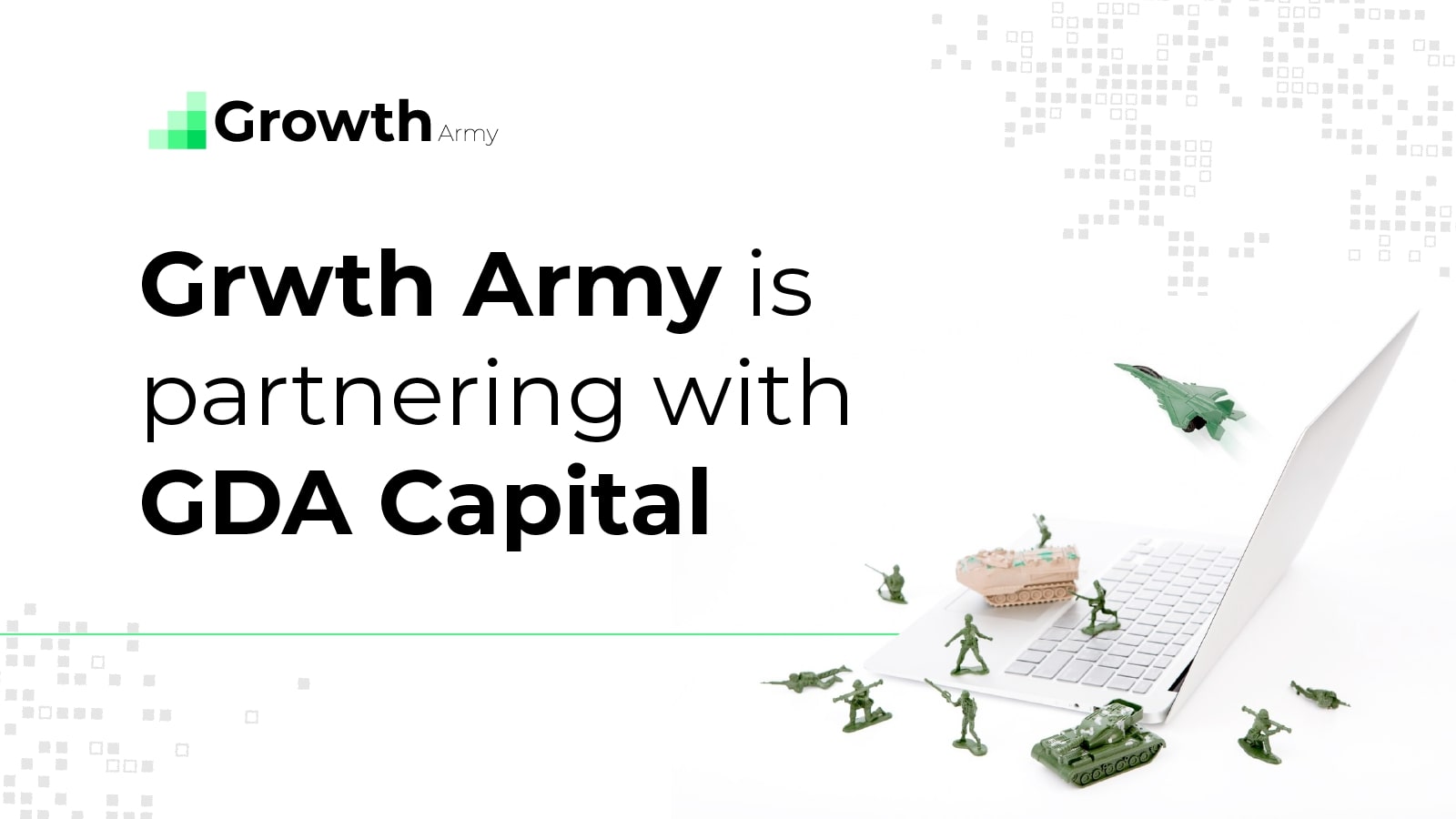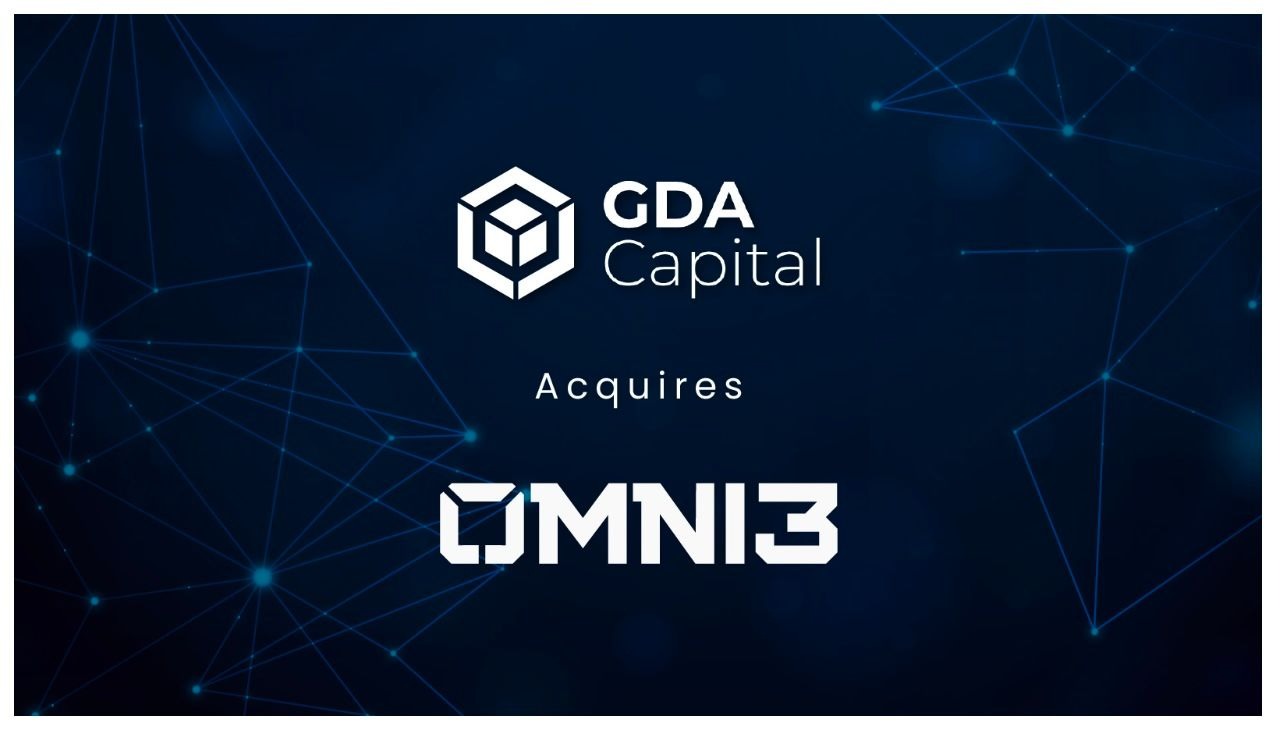Welcome to the 58th edition of ‘The Digital Asset Digest’. Today, we break down Ethereum’s upcoming upgrades and look at the most crypto-friendly countries in the world.
SNIPPETS
Source: U.Today
“Uruguayan payments startup dLocal, that runs on RippleNet, has spread the word about a new milestone achieved by the company – expanding their strategic partnership with the Amazon e-commerce behemoth.”
NFT service ecosystem Venly raises fresh €500K from blockchain investment firm Tioga Capital
Source: CryptoNinjas
“Venly (previously Arkane Network), an NFT management platform with a wallet solution and peer-to-peer NFT marketplace, announced it has raised €500,000 from blockchain investment firm, Tioga Capital.”
ConsenSys, Hong Kong university launch Ethereum-powered Covid passport
Source: Forkast
“The Chinese University of Hong Kong and Ethereum software company ConsenSys today announced the launch of a Covid-19 digital health passport.“
Crypto Investors Unshaken by Recent Market Selloff
Source: BeInCrypto
“Despite the recent crypto sell-off, which wiped out a significant portion of the total market cap, buyers are invested in investing.”
Russian central bank ‘short-sighted’ regarding crypto, lawmaker says
Source: Coin Telegraph
“A Russian State Duma member has blasted the central bank’s tough stance on the cryptocurrency industry for ignoring the growing demand for crypto in the country.”
TOP GAINERS

TOP LOSERS

INDUSTRY WIDE SNAPSHOT

MARKET OUTLOOK
Ethereum’s Upcoming Upgrades
Ethereum’s developers have been relentlessly testing ways to improve the network ever since it was launched in 2014. Over the course of its history, Ethreum has had 10 major upgrades, otherwise known as ‘hard forks’, that have modified its protocol. Now, the network is just days away from another major hard fork.
Here’s a closer look at Ethereum’s 11th hard fork and other major upgrades scheduled for the network over the next year.
London hard fork
Ethereum’s London hard fork is an update to the Ethereum blockchain expected to commence in July 2021. The hard fork will implement several Ethereum Improvement Proposals (EIPs), but the one that’s considered most consequential is EIP 1559.
EIP 1559 overhauls the way network fees are handled. Instead of sending network fees to miners to incentivize them, the proposal redirects these fees to the network itself to burn. This reduces the fees users have to pay to complete transactions and should increase the value of outstanding Ether after some have been burned.
Industry experts expect the upgrade to reduce friction on the Ethereum network and improve useability. They also expect it to pave the way for major ETH 2.0 upgrades coming up in the future.
ETH 2.0
‘ETH 2.0’ is an umbrella term for the upgraded version of the Ethereum network. This enhanced version is expected to be more scalable, more secure, and more sustainable than the existing platform.
The core component of ETH 2.0, the Beacon Chain, has already been implemented. Beacon Chain allows the Ethereum network to replace its consensus mechanism from proof-of-work to proof-of-stake. In other words, it allows new Ether to be minted by staking existing Ether rather than mining. Beacon Chain was shipped on December 1, 2020. However, the existing network needs to be merged with the Beacon Chain network to complete the transition. This is expected to be done before the end of 2021.
ETH 2.0 also involves the use of Shard Chains. The existing Ethereum network has struggled to keep up with adoption and demand. The network database is simply overloaded and running an independent node isn’t viable for most users who don’t have expensive hardware. Shard chains spread the network’s load across 64 new chains. This makes it easier for anyone to run a full node and should improve transaction speeds on the main network. This upgrade is expected to ship sometime in 2022.
Takeaway
Ethereum faces monumental upgrades over the next few months. Most users expect the network to be much faster, cheaper, and easier to use by the end of 2022. These improvements could help boost adoption and enhance the value of existing Ether tokens.
The future is bright for the world’s second-most popular digital asset.
EXPLORING NEW IDEAS
The Most Crypto-Friendly Countries
Sovereign nations and policymakers remain divided about the rise of digital assets. Even as popular cryptocurrencies such as Bitcoin and Ethereum become more mainstream, some countries have pushed back against this nascent sector. At the moment, China, Russia, and Vietnam seem to have the most antagonistic approach to cryptocurrencies. However, other nations have fully embraced this technology, which has helped them attract talent and capital from across the world.
Here are the most crypto-friendly nations in 2021.
El Salvador
The Central American nation of El Salvador tops the list, unsurprisingly. This month, President Nayib Armando Bukele introduced a bill to make Bitcoin legal tender in the country. This move would have far-reaching consequences. Companies operating in El Salvador, including Apple, Netflix, and Google, would have to quote prices in BTC and accept it as payment from Salvadorans. Citizens also expect to slash fees for remittances from abroad, which constitute roughly 20% of the nation’s GDP.
Malta
Malta hasn’t declared BTC legal tender yet but was earlier than most countries in its blockchain adoption. During the 2017 bull market, Malta declared itself “Blockchain Island,” and adopted crypto-friendly policies that would attract entrepreneurs and developers to its shores. Malta is now a hub for several crypto startups, decentralized exchanges, and ICO projects. The nation’s favorable policies and low taxes on digital assets make it an unparalleled crypto hub.
Canada
Canada’s adoption of Bitcoin and digital assets may be more comprehensive than any other developed nation. The country took an early lead by approving several Bitcoin and Ethereum exchange-traded funds (ETFs) for the Toronto Stock Exchange (TSX). These listings allow ordinary Canadians to hold digital asset derivatives in their tax-shielded investment accounts.
Another facet of Canada’s adoption is its burgeoning crypto mining sector. Prominent miners such as HIVE Blockchain Technologies, Hut 8 Mining, and Argo Blockchain have either listed their shares on the TSX or have mining rigs located in Canada to leverage the country’s hydroelectric energy grid.
Singapore
As one of the world’s most critical financial hubs, Singapore’s adoption of crypto-friendly regulations has been a game-changer. The Monetary Authority of Singapore allows some cryptocurrency companies to operate without a license under the Payment Services Act. This means these companies can operate with a minimal regulatory burden for a grace period of six months.
Singapore also published guidelines for Initial Coin Offerings in 2017 and is home to several merchants that accept BTC payments across the island.
Conclusion
As the decentralized web disrupts the global economy, nations that embrace digital assets and smart contracts early will cement their lead. Canada could establish itself as a clean-energy Bitcoin mining hub, while Malta and Singapore could secure their position as crypto development hubs. This should help boost entrepreneurship and innovation in these nations.
However, El Salvador’s adoption of BTC as legal tender is perhaps the biggest milestone this industry has ever achieved. It could change the way tax officials and accountants in other parts of the world treat BTC. It may also encourage other small, economically vulnerable nations to consider BTC a viable alternative to dollarization.
TOKEN OF THE WEEK
FTX Leveraged Tokens
Background
FTX leveraged tokens are a special asset class designed to give investors leveraged exposure to cryptocurrency markets. Initially introduced by the FTX exchange, this leveraged cryptocurrency has since found its way into other exchanges.
Most of the leveraged FTX tokens are issued on the Ethereum blockchain, commonly referred to as ERC-20. They stand out from other tokens as they offer leveraged positions in the crypto market while shielding investors from collateral, margins, funding rates, and liquidation.
However, it is important to note that leveraged tokens can lose significant value regardless of the market moving sideways; therefore they’re ill-suited for long-term holding.
Besides that, they function like any other cryptocurrency as they run on a blockchain. They can be bought, stored, or transferred from one address to another while maintaining the leveraged exposure.
Use Cases
FTX leveraged tokens are a family of financial products that offer investors exposure to various digital assets. Here’s a few examples to highlight the use cases.
BULL/USD, for instance, is an ERC token that has all the attributes of a leveraged FTX token. The cryptocurrency seeks to return three times the daily return of Bitcoin cryptocurrency. For instance, if the Bitcoin price were to move up by 1%, the BULL token would appreciate by 3%. Likewise, if Bitcoin were to move down by 1%, the BULL value will depreciate by 3%.
The BEAR token is the inverse of the BULL token designed to give leverage exposure to Bitcoin. The token represents 3x short exposure to BTC price. If BTC’s price were to move down by 2%, the BEAR value would tank 6%.
Tokenomics
An FTX token represents leverage position. Additionally, they can be redeemed through the FTX exchange or traded in other markets. For instance, if you wish to issue 100 USD worth of BULL tokens, you can transfer the amount to the FTX exchange. In return, a 300 USD position will be opened on BTC/USD given that the BULL token represents 3 X long exposures to BTC.
In this case, the trading account will have a $300 USD long position on the BTC/USD future market representing $100 worth of BULL leveraged tokens. Likewise, if you wish to redeem the $100 worth of BULL tokens, the account representing the tokens will close the long open position worth $300 on BTC/USD. In the end, you will end up with the initial $100.
FTX Leverage Tokens Rebalancing
FTX tokens achieve target leverage every day at 00:02:00. During this time, all the accounts that represent the tokens rebalance by either buying or selling assets on the perpetual futures market. If the accounts made money, they would invest the profits by buying assets to increase leverage. If they lost money, they would sell some of their position to decrease leverage.
Additionally, FTX tokens rebalance during periods of high volatility. For instance, if Bitcoin were to move down by more than 10% in a day, the BULL token will rebalance before the date to prevent market liquidation.
FTX Tokens Advantages
FTX leveraged tokens are best known for their ability to manage risks. In this case, holders don’t have to worry about margin, collateral, or liquidation prices.
While these tokens exist in the blockchain, it is pretty easy and straightforward to move them between exchanges or withdraw to an exchange.
FTX Tokens Disadvantages
FTX are high-risk products that are still in the experimental stage, and the tokens are not intended for long-term holding. Therefore, comparing FTX leveraged tokens with historical performance can be difficult.
In addition, FTX leveraged tokens work best during periods of high market momentum and perform inconsistently when the markets are in consolidation mode.
Recent developments
FTX Trading Limited recently announced a deal to acquire e-game naming rights from TSM, the premier global esports organization, for $210 million. This deal is considered the largest in esports history.
GETTING TECHNICAL
BTC/USD
Bitcoin has put in a positive performance in the past 24 hours, reaching a 24-Hour high of $40,867.25. As of this writing, Bitcoin’s spot price is $41,167.99 with a 24-Hour trading volume of $44 BN USD, a -10.40% decrease in volume since June 14th at 9:52 am. The current market cap represents 43.50% of total cryptocurrency traded. Bitcoin remains the top cryptocurrency trading with a circulating supply of 18,735,537 BTC, an increase in 800 coins since yesterday.
ETH/USD
The spot price of ETH as of this writing is $2,582.91 which represents a 7-day up of 5.19% and a 24-hour increase of 1.09%. Over the last 24 Hours, the trading volume increased by 2.63%. As of this writing, ETH market dominance is 17.36% which makes ETH the second-largest cryptocurrency traded and has a circulating supply of 116,288,299 coins, an increase of 12,402 since June 14th, 2021.
WEEKEND READ
Study: Hedge funds plan increase their crypto holdings to 7% in five years
Source: Finbold
“According to a recent poll conducted by global fund administrator Intertrust, hedge fund executives project to increase their crypto holdings over the next five years.”
Just in case you missed it, we released our report on NFTs and the state of the market last week. It’s extremely detailed, and you’re going to get a lot out of it. To read this free report, click here.




